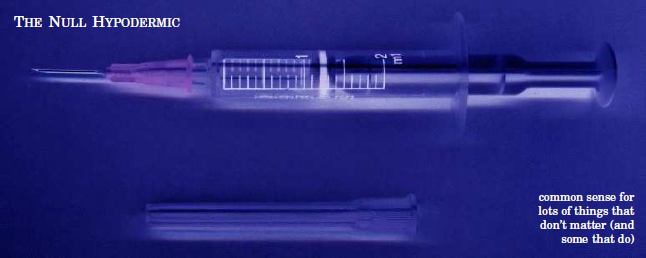My parents have these small flags of various countries, which can be stood up, UN-style, because they're on flagpoles that are stuck into circular bases. The flags can be removed from the bases to be waved, and when they are, you're left with just the circular bases. One day, while idly sliding them around the table, I thought about using them for various geometrical exercises. Of course, if one doesn't have small circular flagpole bases, one can use any kind of equally sized circular tokens; any kind of circular coin should work just fine.
The rules I set up for myself were as follows:
- One starts out with two touching counters. This counts as two moves. (For "historical reasons.")
- On any subsequent move, one may add a counter; this counter must touch two existing counters on the table. (There is an exception, which I will mention later, in connection with an outstanding puzzle.)
- Or, one may remove a counter. One must remove the counter by sliding it, however, not by lifting it up off the table.
Here, counters 1 and 2 are placed first. One may then place counters 3, 4, and 5 in that order. Removing counters 3 and 4 then leaves a straight line of three counters. One could not construct that straight line directly, by just putting down counters 1, 2, and 5, because counter 5 would not have been placed in contact with two counters.
One could continue twice more around counter 2, creating a filled hexagon of seven counters. If, however, one wanted to create a hollow hexagon, one would have to remove that middle counter at some point. It seems tempting to place one more counter below counters 2 and 5, and then remove counter 2 to place at the last corner of the hexagon, but the following diagram shows why that won't work:
The trick is to set up support for the fifth corner first, then slide out the center counter to become the fifth corner; the sixth corner is then easily slid into place. Begin by placing six counters in a parallelogram arrangement:

Then slide counter 2 to touch counters 4 and 6:

Now slide counter 4 into the place previously occupied by counter 2:

Finally, slide counter 1 around to touch counters 2 and 4, at the sixth and last corner of the hexagon. Voilà!

I leave you with two puzzles, one fairly simple, and one open (that is, unsolved):
- Follow the above rules to construct a hollow triangle of side 4 (just like the arrangement in ten-pin bowling, but without the center pin), in as few moves as possible. There is more than one solution.
- Suppose we add an exception to Rule 2, above: We permit a counter to be placed in an arbitrary location on the table, but with the proviso that no required property of the final arrangement can depend on the exact location of that counter. (For instance, a construction of a rectangle that depends on a counter being placed somewhere between 1 and 2 counter widths away from another is OK, but one that depends on it being placed exactly 1-1/2 counter widths away is not.) In that case, is it possible to construct a perfect square of four counters, of any side length? The sides of the square need not be filled in with any counters.




No comments:
Post a Comment